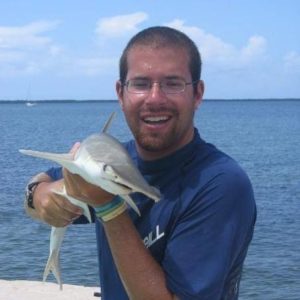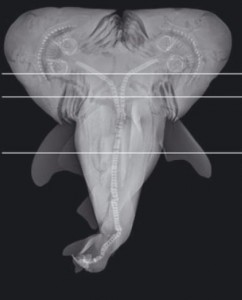Bonnethead sharks, one of the smallest members of the hammerhead shark family Sphyrnidae, have a special place in my heart. For many years, the avatar I used for science communication efforts, including posts on this blog, was a picture of me with a bonnethead.

These sharks, which can grow up to about 5 feet long, are found throughout North, Central, and South America. However, new research by Fields and friends suggests that they may actually be a species complex, not a true species. “A species complex is a group of distinct species that are incorrectly classified as one species because they look very similar to one another,” explained Dr. Demian Chapman, an Associate Professor of Biology at Florida International University and a co-author on this new study. “A great example is the white spotted eagle ray (Aetobatus narinari) that was once thought to be one, globally distributed species, but now has been shown to be a group of very similar-looking species, each of which lives in a particular region.”


